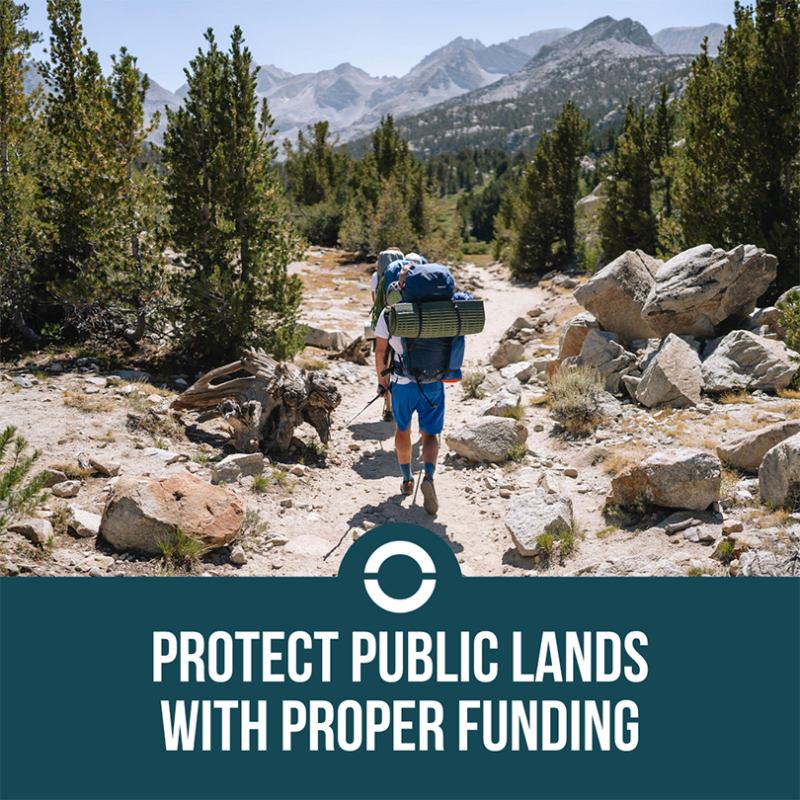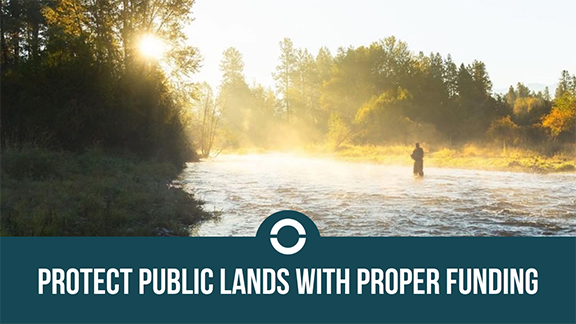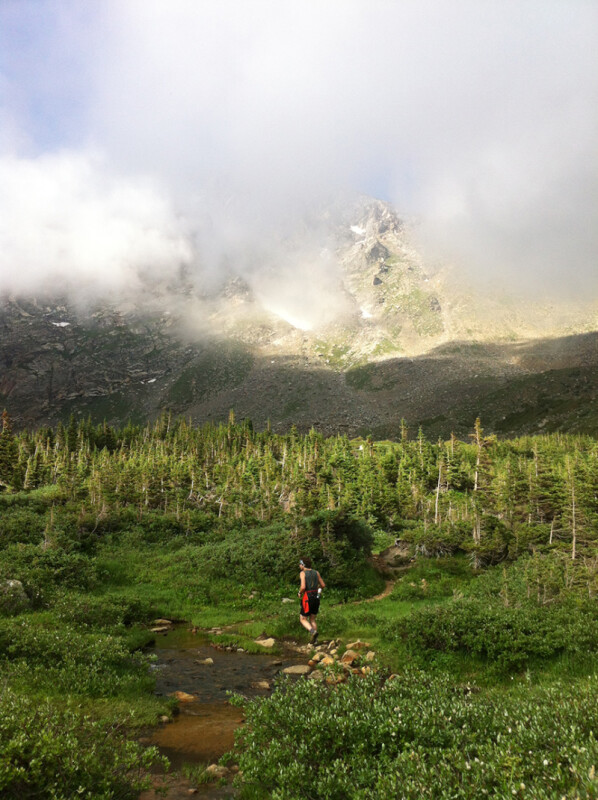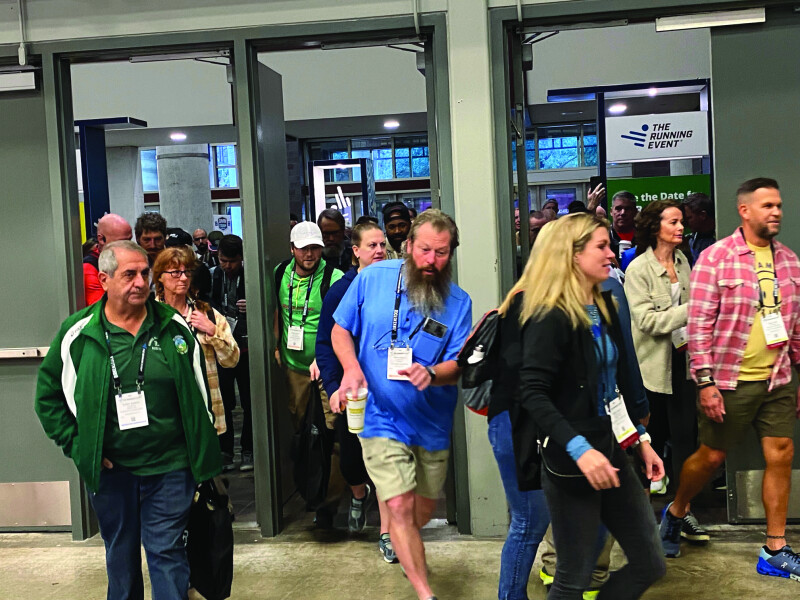The number of visitors to America’s public lands has steadily increased over the last 15 years, while over the same time period funding for recreation has decreased more than 20 percent at agencies such as the U.S. Forest Service and the Bureau of Land Management, according to data released last month by Outdoor Alliance (OA), a non-profit working to protect public lands and waters.
Led by Outdoor Alliance, 34 outdoor recreation organizations and businesses have called on lawmakers to fully fund recreation budgets at the U.S. Forest Service (USFS) and at the Bureau of Land Management (BLM). They have asked Congress to fund BLM’s Recreation Resources Management program at $100 million and the Forest Service’s Recreation, Heritage and Wilderness at $70 million, with additional funding for staffing — increases that will return these agencies to more sustainable funding levels from Congress in the past.
The BLM has seen a 25 percent reduction in appropriations for Recreation Resources Management adjusted for inflation since 2006. Over a similar time period, visits to BLM lands have increased 46 percent. At the Forest Service, funding for Recreation, Heritage and Wilderness decreased 23 percent between 2010 and 2020, accounting for inflation, while recreational visits increased 17 percent.
“Outdoor recreation is a significant economic driver in local communities, and a lack of adequate funding threatens the outdoor economy as well as our outdoor experiences,” says Adam Cramer, CEO of Outdoor Alliance.
Outdoor Alliance has previously focused on the fact that inadequate funding is one of the biggest obstacles to protecting public land.
“The process of appropriations is both complex and incredibly important, and voters have a key role to play in asking lawmakers to fully fund the budget items they care about,” Cramer said. “We have made it easy to ask your lawmakers to fund recreation on our public lands and waters.”
“While our public lands are receiving record visitation, overall funding is decreasing and staffing is at historic lows. It is critical that Congress follow the American public’s lead and turn its attention to our nation’s lands and make this necessary investment,” adds Kent Ebersole, president of Outdoor Industry Association. “These investments not only improve the visitor experience but also help provide opportunities to inspire the next generation of recreationists and conservationists to protect our natural spaces.”
A number of OA members have voiced their support of the effort.
“At REI Co-op we believe time outside is fundamental to a life well-lived. By investing in our public lands, Congress is not only ensuring access to quality recreation opportunities, but also supporting local economies, and the mental and physical health benefits of a life outside,” says Taldi Harrison, director of community and government affairs at REI Co-op.

Investing in outdoor recreation programs at the BLM and the Forest Service will help maintain economic growth and benefits to local communities, and provide a return to taxpayers, Cramer says.
“As we see more people experiencing nature through recreation, especially through running, we recognize the need to advocate for the federal resources required to care for these living landscapes,” adds Kathleen Baker, Executive Director, of Runners for Public Lands, one of the groups encouraging more recreation funding and the largest human-powered recreation group in the country. “Increasing funding to BLM and USFS for recreational maintenance and staffing will help provide some of the overdue care these lands need and will contribute to ensuring access to the trails and pathways of some of our country’s most treasured recreation areas.”
In the past decade, public lands have benefitted from historic investments, including the Great American Outdoors Act, the Infrastructure Investment and Jobs Act and the Inflation Reduction Act. Both the BLM and the Forest Service are putting these funds to use through a wide range of projects, including deferred maintenance.
“While these funds are significant, they cannot be a substitute for regular appropriations. In fact, the shortage of regular appropriations is, in part, what necessitated funds like the Great American Outdoors Act,” Cramer points out. “If Congress invests in recreation programs at both the BLM and the Forest Service, it will ensure that funding is quickly put into action to benefit the American public.”
Along with Outdoor Alliance, the other organizations calling on lawmakers to fully fund recreation budgets include the American Alpine Club, American Hiking Society, American Mountain Guides Association, American Rivers, American Whitewater, Appalachian Trail Conservancy, Back Country Horsemen of America, California Mountain Biking Coalition, Concerned Off-Road Bicyclists Association, Conservation Lands Foundation, International Mountain Bicycling Association, Latino Outdoors, Lowelifes Respectable Citizens' Club, The Mountaineers, National Wilderness Stewardship Alliance, NEMO Equipment, Inc., Next 100 Coalition, Outdoor Industry Association, Pacific Crest Trail Association, Partnership for the National Trails System, Peak Design, PeopleForBikes, Public Land Solutions, REI Co-op, Runners for Public Lands, Sage Trail Alliance, Sierra Business Council, Smith River Alliance, Surfrider Foundation, Vertical Supply Group/Sterling, Washington Trails Association, The Wilderness Society and Winter Wildlands Alliance.
To learn more: www.outdooralliance.org






